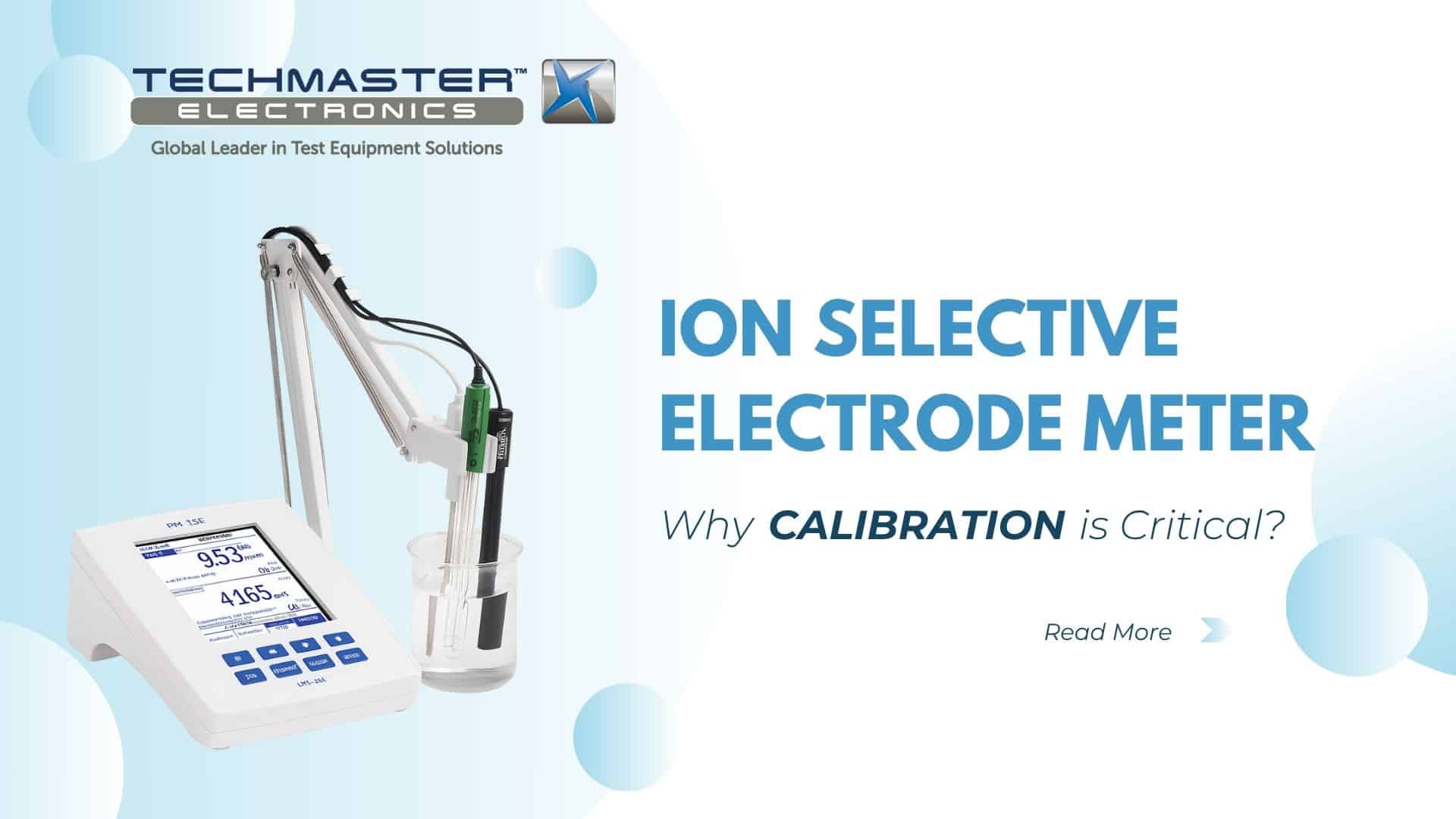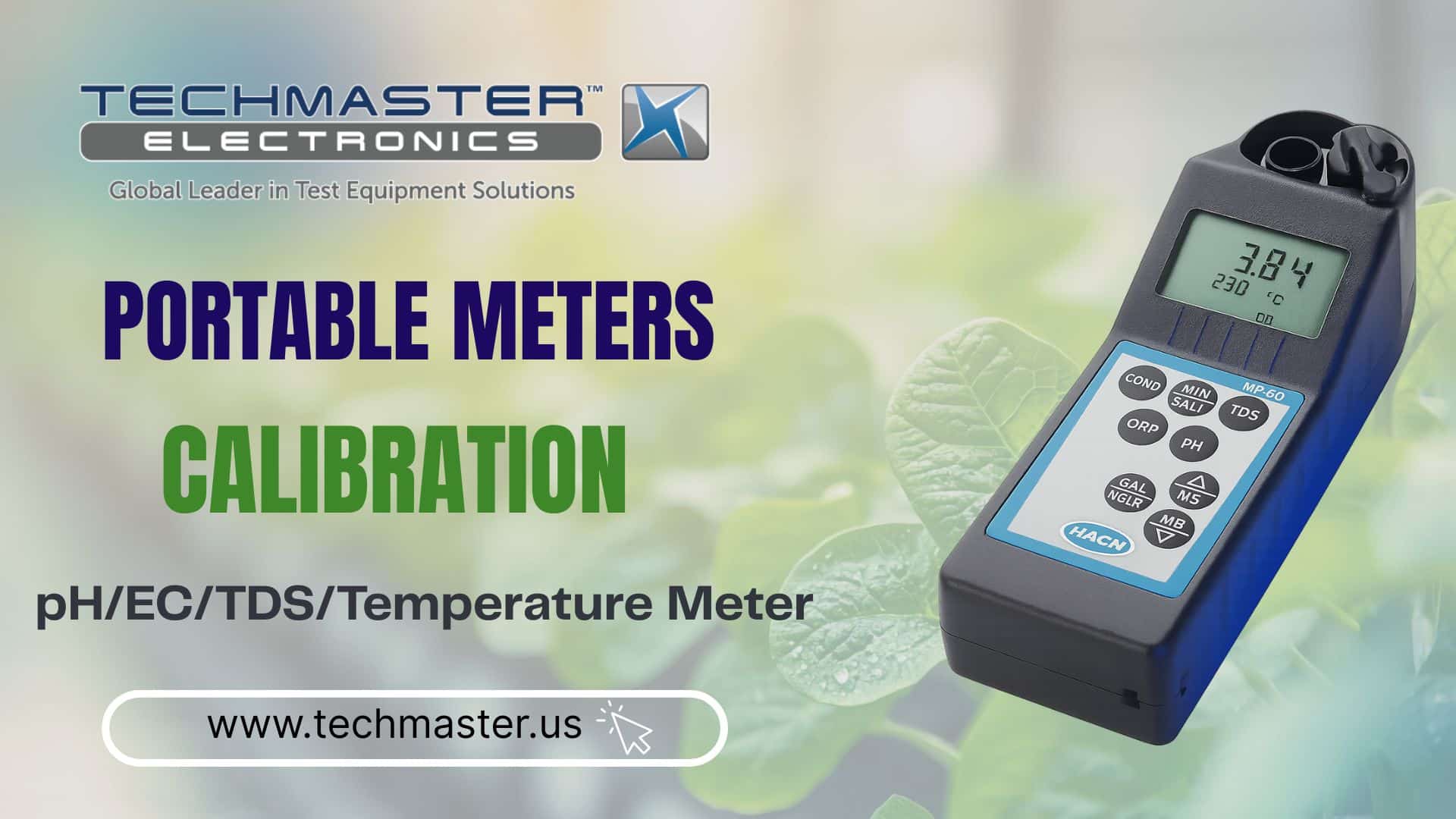Chemical Calibration for New Standards: Ensuring Accuracy for Emerging Industries (e.g., Lithium-ion Batteries, Hydrogen)
The world is rapidly shifting towards a green economy. Advanced technologies are also emerging quickly. Industries like Lithium-ion battery manufacturing, green hydrogen technology, advanced materials, and biopharmaceuticals are key drivers. However, this rapid growth brings a significant challenge. These industries need unprecedented precision and reliability in chemical analysis. New materials and processes often require specific compound analysis. This analysis occurs at extremely low concentrations or under harsh conditions. Traditional calibration methods and standards might not fully address these needs.
This article will explore the critical importance of chemical calibration for these new industries. We will discuss their unique challenges. We will also see how advanced calibration methodologies are adapting. Our goal is to ensure product quality, performance, and safety.
The Rise of New Industries and the Demand for Chemical Precision
Industries like Lithium-ion batteries, hydrogen fuel cells, green hydrogen production, nanomaterials, and gene/cell therapies demand strict chemical purity. They also need precise composition control.
- Lithium-ion Batteries: Battery quality and lifespan depend on the purity of electrode materials (cathode, anode), electrolytes, and additives. Even tiny impurities can degrade performance. They can also pose safety risks, such as the danger of fire or explosion.

- Green Hydrogen: For hydrogen fuel, purity is vital. It protects fuel cells and ensures top performance. Impurities, even at parts per million (ppm) or parts per billion (ppb) levels, can severely damage the system.

- Advanced Materials: Producing materials with special properties (e.g., semiconductors, composite materials) requires controlling chemical composition. This control must be at atomic or molecular levels. It ensures the desired characteristics are achieved.
To meet these demands, analytical methods must be highly sensitive and accurate. This is only possible with proper and precise chemical calibration. Such calibration must suit these new standards.
Challenges in Chemical Calibration for New Standards
Calibrating for these industries is complex. Several challenges exist:
- Lack of Reference Materials: For many new chemicals or ultra-trace impurities, certified reference materials (CRMs) are often unavailable. Alternatively, they can be very expensive.
- Harsh Analytical Conditions: Some materials require analysis in inert atmospheres. They might also need high temperatures, high pressures, or extreme sensitivity.
- Complex Matrices: The background matrix of these materials is often intricate. This can cause interferences or skew analytical results.
- Requirements for Speed and Automation: Large-scale manufacturing demands fast analysis and calibration. This helps avoid production downtime.
Key Aspects of Chemical Calibration in Emerging Industries
To overcome these challenges, calibration methods must be adjusted and improved.
1. Calibration for Basic Parameters in Complex Environments
In many new material production processes, controlling basic parameters like solution pH and conductivity is crucial.
- For instance, in Lithium-ion battery quality control, precise pH and conductivity of the electrolyte are vital. This optimizes battery performance and lifespan. This requires specialized pH meter calibration and conductivity meter calibration services. These services must handle solutions with different chemical properties than traditional aqueous ones.
2. Ultra-Trace Impurity Analysis and Precise Component Quantification
- Specialized Equipment: Highly sensitive analytical instruments are needed. These include Inductively Coupled Plasma-Mass Spectrometry (ICP-MS), Gas Chromatography-Mass Spectrometry (GC-MS), and High-Performance Liquid Chromatography (HPLC) with advanced detectors.
- Specialized Calibration: Calibrating these instruments needs complex calibration curves. It uses ultra-low concentration standards. Also, matrix effects must be carefully considered.
3. Calibration of In-line/On-line Sensors and Monitoring Systems
- Continuous monitoring is essential in production. Therefore, chemical sensors integrated directly into the production line (in-line/on-line) are becoming very common. Calibrating these sensors requires special methods. This ensures accuracy without disrupting the process.
4. Ensuring Air Quality and Production Environment
- In industries like battery or hydrogen production, the purity of ambient air and compressed gases is vital. Chemical impurities or particulates can cause significant contamination. Regular compressed air system testing ensures these auxiliary gas sources do not introduce contaminants.
- Furthermore, a cleanroom environment is crucial for making sensitive components. Maintaining precise airflow and air cleanliness prevents particulate and chemical contamination from the environment.
Developing New Standards and International Cooperation
To meet the calibration demands of new industries, close collaboration is necessary. This includes national metrology institutes, standardization organizations, instrument manufacturers, and research laboratories.
- Development of New CRMs: We need to create certified reference materials. These should suit the specific matrices and concentrations of new materials.
- Establishment of Standard Calibration Methods: Developing and validating highly reliable calibration methods is key. These are for new instruments and applications.
- Establishing Traceability Chains: We must ensure all measurements are traceable. This means they can be linked to international measurement units.
Conclusion
Emerging industries, such as Lithium-ion batteries and Hydrogen technology, offer huge opportunities. However, they also demand very high chemical precision. Developing and applying appropriate chemical calibration methods for new standards is not just a technical challenge. It is also vital for ensuring product quality, performance, and safety. Investing in research, reference material development, and advanced calibration techniques will be key. This will unlock the full potential of these promising industries. Ultimately, it will drive sustainable and high-tech development for the future.











